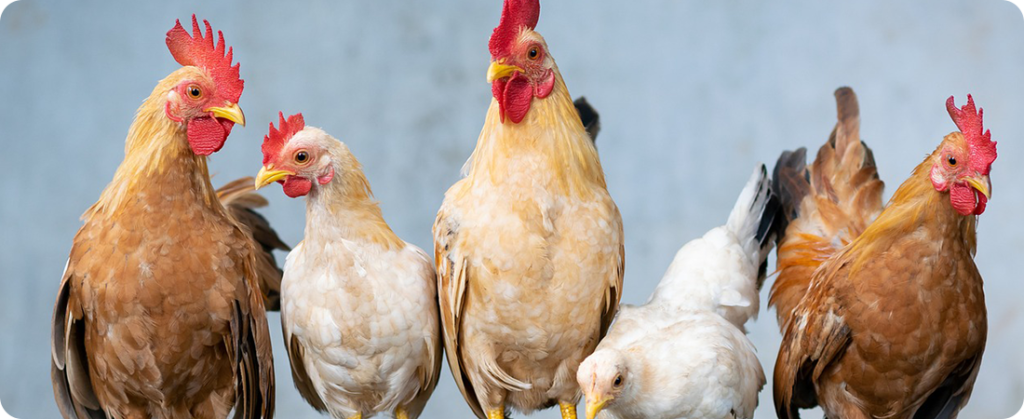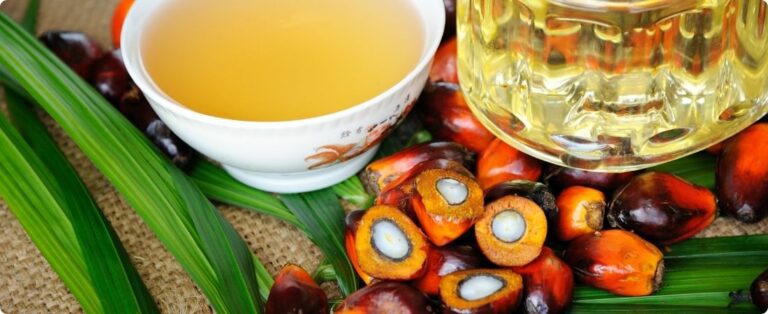
Emulsions play a very important role in the food industry, allowing the creation of a wide variety of products that would not otherwise be possible. An emulsion is defined as a stable mixture of two immiscible substances, such as oil and water, in which one substance is dispersed in the other in the form of small droplets. Depending on the dispersed phase, they can be classified as an oil-in-water (O/W) emulsion, in which the oil droplets are dispersed in water, or water-in-oil (W/O). The stability of an emulsion is fundamental to the quality and shelf life of many food products, such as mayonnaise, sauces, margarines, creams, ice creams and salad dressings.
To form a stable emulsion, three main components are needed: an aqueous phase, an oil phase and an emulsifier, which acts as a binding agent between the two immiscible phases, helping to reduce the surface tension between them. The most common emulsifiers include lecithin, mono- and diglycerides, and fatty acid esters.
As the search for natural, healthy ingredients has gained momentum, natural emulsifiers have emerged as a promising alternative. Derived from plant, animal or mineral sources, they have the ability to unite immiscible components into a stable solution. Furthermore, environmental concerns have also intensified, and the focus on natural emulsifiers produced sustainably and with a lower environmental impact is becoming a priority.
Soy lecithin is not exclusive to human nutrition; Diet formulations for broiler chickens also use it. Among the pillars that support poultry production, nutrition stands out, mainly because it represents the majority of the production cost. Therefore, nutritionists need common sense to define the strategies that will provide the best financial return, taking into account the available ingredients, inclusion levels and the birds' ability to take advantage of the nutrients made available by the raw materials used to make the feed. .
Maximizing lipid absorption and reducing costs in broiler diets
In diet formulations for broiler chickens, energy and protein are the nutrients considered most expensive, and are therefore the ones that define the final cost of the feed. Birds, in a natural environment, use carbohydrates as a source of energy, however, in industrial production, where high energy density diets are used, a common strategy is to use oils and fats as a source of energy. This way, it is possible to increase space in formulations and also prevent proteins from being used to meet energy requirements. Furthermore, it has the benefit of promoting a lower caloric increase, when compared to proteins and carbohydrates, and it is known that one of the challenges of intensive farming is to provide thermal comfort, and it is extremely important to reduce the amount of energy dissipated in the form of heat by birds themselves.
Pancreatic lipases hydrolyze approximately 90% of triglycerides, which are lipids of nutritional importance, in the intestinal lumen, resulting in glycerol, free fatty acids and monoglycerides. Lipid digestion occurs with the help of enzymes and emulsifiers, and much of this process occurs in the duodenum, jejunum and ileum. These nutrients are emulsified, digested and absorbed by the cells of the intestinal mucosa, with most of the fat being absorbed by the middle jejunum. When fats from the stomach enter the small intestine, the alkaline environment stimulates the release of bile and pancreatic juice. Bile, produced in the liver and stored in the gallbladder, has the function of emulsifying lipids, increasing their surface with the formation of fat microdroplets.
Emulsifying additives meet the premise of improving the absorption of lipid sources, enabling the reduction of the addition of fats to feed, reducing costs and maintaining the zootechnical performance of birds
Amphiphilic compounds are characterized by reducing surface tension at the interphase of immiscible phases (oil and water), enabling their mixing. This reduces the micelles absorbed at the oil-water interface, resulting in a decrease in the energy required to form the emulsion process. Emulsifiers are recommended for young birds, as, due to physiological immaturity, they have reduced lipid digestibility, leading to metabolic problems, such as cloacal clogging, common in high energy density diets.
The impact of lecithin emulsifiers on broiler nutrition: Improvements in digestibility and performance
The use of lecithin-based emulsifiers in diets including offal oil provided an increase of 2.26% in the digestibility of the ether extract fraction and increased lipase secretion at 24 and 42 days of age. Neto Guerreiro, in 2005, observed a beneficial effect of the emulsifier on weight gain and feed conversion of broiler chickens in the initial phase.
When choosing the best emulsifier, you should look for products that provide more stable emulsions.
A dimensionless numerical scale of values between 1 and 20 is used to describe the nature of the surfactant, with the values increasing according to the hydrophilicity of the molecule. According to Griffin (1949), the hydrophilic-lipophilic balance (HEL) of a surfactant is an important property in the emulsification process, as it determines the type of emulsion it tends to produce. Emulsifying agents with low EHL tend to form water/oil emulsions, while those with high EHL form oil/water emulsions (considered nutritional emulsifiers).
Therefore, knowledge of EHL values is necessary, as it allows predicting the type of behavior expected from the compound, providing guidance for its practical applications.
By: João Victor | Broker of the Oleochemicals Products unit










